rare cold hardy citrus collection
socalnolympia
3 years ago
last modified: 3 years ago
Featured Answer
Sort by:Oldest
Comments (17)
socalnolympia
3 years agosocalnolympia
3 years agoRelated Discussions
Will these uncommon hardy tropical edibles cold-hardy to zone 7A?
Comments (18)Given that I'm in a climate zone where these things do well, I'm probably not the best person to give advice. But I can endorse the idea of Chilean guava in a pot. Mine was permanently outdoors of course, but it flowered and fruited fine for several years before I was able to plant it in the garden. The flowering is late enough that it won't be troubled by being indoors etc until the frosts have passed, and it doesn't require a long season to fruit. I don't know what level of frost it will tolerate - certainly some, but the places it grows best are cool and windy, so not frosty. There is also at least one feijoa variety that can be grown and fruited in a pot (the self-fertile Unique), but it is probably still too big to be moved inside, unlike the Chilean guava which is small. I don't have the space for kiwifruit or the climate for pomegranate (not hot enough in summer), so I can't help with those....See MoreSome rare very cold hardy hybrids
Comments (2)on the left is a seedling grown from a Changsha mandarin x trifoliata hybrid, and on the right is a seedling that was grown from a Citrus taiwanica x trifoliata hybrid. Both of these should be able to survive zone 7. Both Changsha mandarin and Citrus taiwanica are quite hardy by themselves, so you can imagine how much more hardy a trifoliata hybrid of them would be. I talked to Nat Bradford (yes, the descendant of the creator of the legendary watermelon variety that bears his name) and he told me he grew Citrus taiwanica in Seneca, SC, on the border between zone 8a/7b and the plant seemed to be very hardy, it didn't lose its leaves over the winter and it had many fruits. He said he went back several years later to his old property and the tree was still there. This was after the devastating 2017-2018 winter freeze. (He actually said it did better than an ichangensis that was planted next to it)...See Morecold-hardy citrus in the Pacific Northwest - update Dec 2019
Comments (18)I did get a scion off his Changsha tree. He grew five Changsha plants from seed, left the small seedlings outside one winter, only one of them survived. He later grafted that Changsha plant onto a rootstock (he can't remember which, probably either poncirus or citrange) and eventually planted it in the ground outside, up against his house. He covered the tree for the first two years, giving it a chance to grow without suffering too much cold damage. But I made sure to specifically ask and he told me he had not bothered to cover the tree the last time (it was not a mild winter that year). The tree you see in the picture is that tree. He believes this seedling of Changsha that he selected might be slightly hardier than regular Changsha. But he is not really sure, and there's no real way to know at this point. Just in case anyone was wondering, this is zone 8. I don't think any of these trees would make it in zone 7 this far so north, with the exception of course of Poncirus trifoliata, and possibly citrumelo in zone 7b. So if you live in a colder climate zone designation, this is likely not going to be possible for you. Trying to grow these here in zone 8 in this cool climate region is already pushing things....See MoreA little introduction to hardy citrus
Comments (3)Very interesting. My area is just a little to cold for those. My non growing cold last longer and the trees desiccate by spring root functioning temperatures. I will need to use glass over winter....See Moreponcirusguy6b452xx
3 years agoDave in NoVA • N. Virginia • zone 7A
3 years agoKen "Fruity Paws" (N-Va 7a)
3 years agosocalnolympia
3 years agolast modified: 3 years agosocalnolympia
3 years agolast modified: 3 years agosocalnolympia
3 years agosocalnolympia
3 years agosocalnolympia
3 years agolast modified: 3 years agosocalnolympia
3 years agoGeoffreyPlantman b
3 years agosocalnolympia
3 years agoMarla Jones
2 years agosocalnolympia
2 years agolast modified: 2 years agoMarla Jones
2 years ago
Related Stories
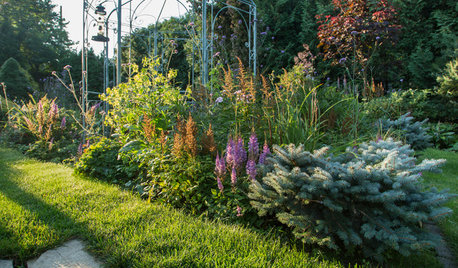
INSPIRING GARDENSMy Houzz: A Canadian Garden Is Well-Prepared for the Cold Weather Ahead
Through trial and error over 3 decades, a retired schoolteacher-turned-hobby gardener creates an idyllic garden retreat
Full Story
GARDENING GUIDESDwarf Citrus Trees Offer Miniature Size With Maximum Flavor
Find out how to grow the fruit you love in a smaller space
Full Story
HEALTHY HOMEHealthy Home Tips for Cold and Flu Season
Put these 10 home habits into practice now and stand a better chance of avoiding a nasty bug this year
Full Story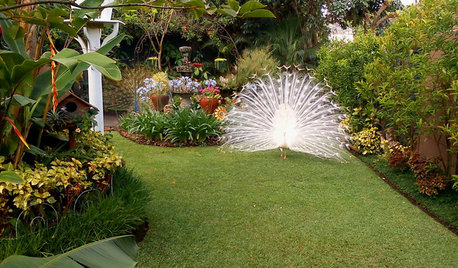
INSPIRING GARDENSGarden Tour: It’s Always Spring in This Guatemalan Paradise
A landscape architect’s tropical garden dazzles with colorful flowers, rare peacocks, parrots and toucans
Full Story
EDIBLE GARDENSTake Refuge in an Iced Tea Garden
Cultivate the fine art of lounging in the shade and sipping a cold beverage
Full Story
GARDENING GUIDESGreat Design Plant: Kumquats for a Juiced-Up Winter
Grow it for the edible fruit or its good looks alone. This citrus cousin will brighten any gray winter day
Full Story
DECORATING GUIDES10 Must-Haves for a Lovingly Lived-In Look
Decorative elements such as collectibles, throw pillows and rugs will help create a home that’s undeniably yours
Full Story
EDIBLE GARDENSHow to Grow 10 Favorite Fruit Trees at Home
Plant a mini orchard in fall, winter or early spring to enjoy fresh-off-the-tree fruit the following year
Full Story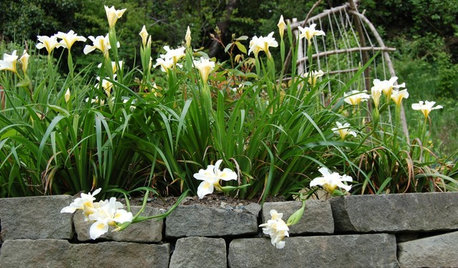
GARDENING GUIDESTop 10 Native Plants for the Pacific Northwest
More than just gorgeous and adaptable, these standout plants convey a sense of place
Full Story
FALL GARDENING9 Deer-Resistant Flowering Shrubs to Plant This Fall
These exquisite shrubs will attract your attention but won’t tempt the deer that roam your neighborhood at night
Full Story



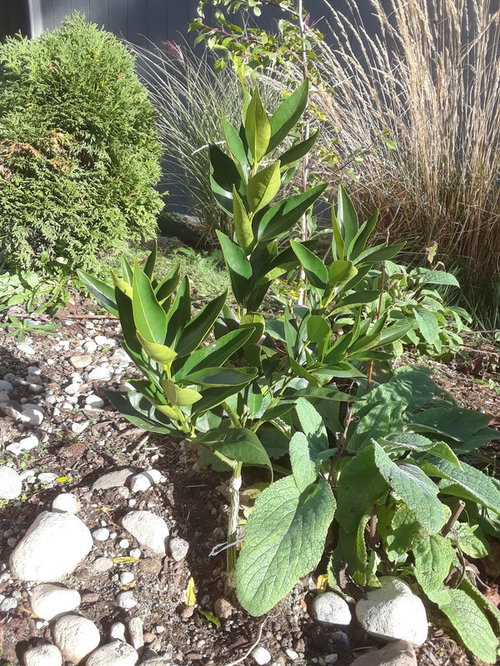

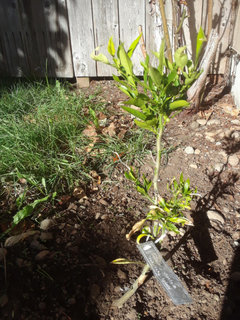

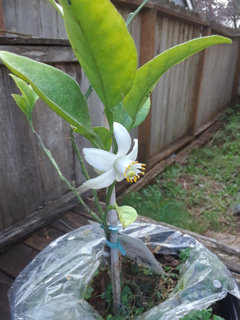

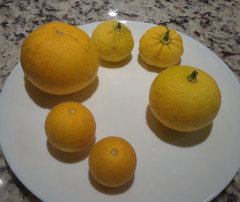

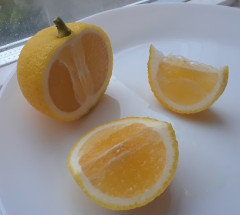

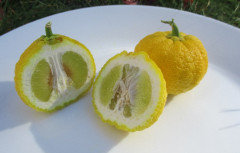

socalnolympiaOriginal Author